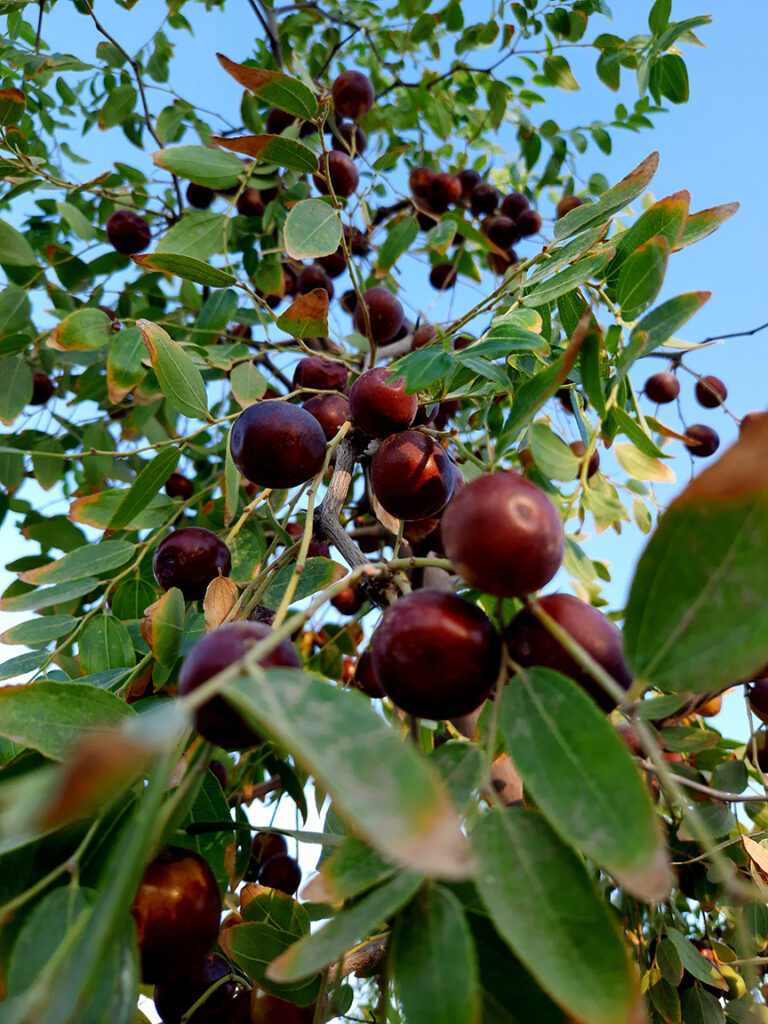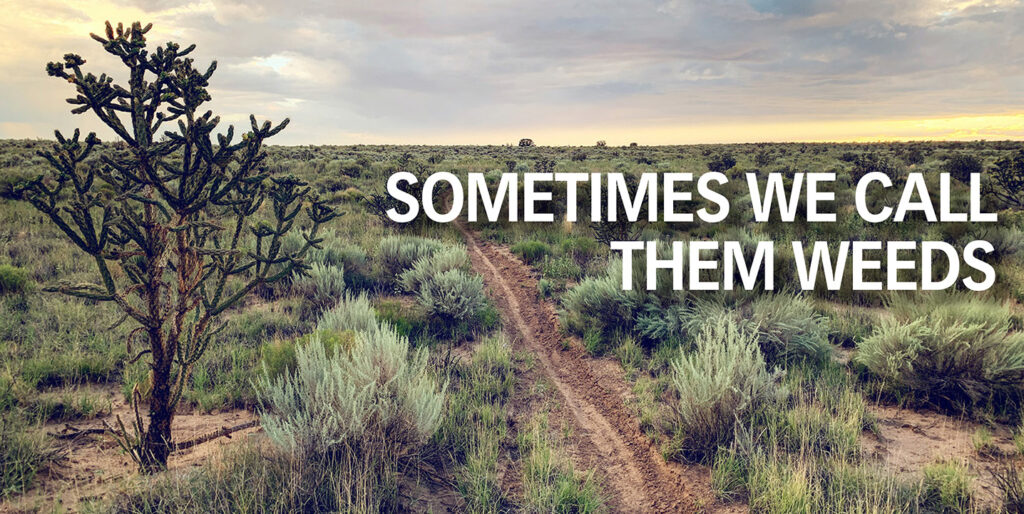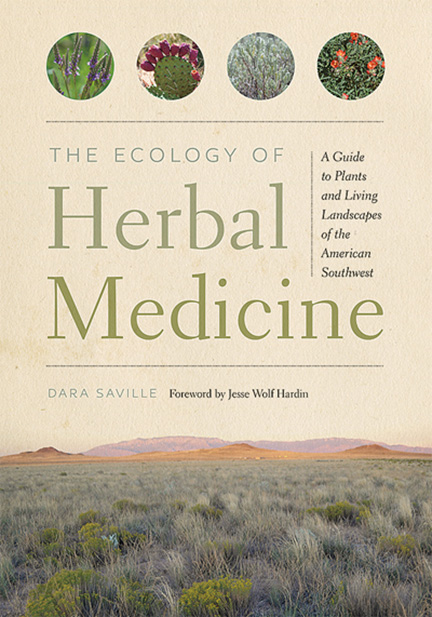SAFFRON
This purple fall-blooming crocus (Crocus sativus) grows great in New Mexico. We have what is called a Mediterranean Climate and this crocus probably originated in Greece with a similar climate. It will take a couple years to mature. So why aren’t we growing it?
The answer to this question is the amount of labor required to harvest it. If you have a saffron patch, harvesting is done by crawling around on your hands and knees and then plucking a couple orange threads (stigmas) from each blossom. It is slow work. It is said that it takes about 75,000s threads to make one pound of saffron!
If you would like to have your own saffron patch, pick a place with well drained soil, add some compost to enrich it and then plant the bulbs in the Fall. Mulch your bed and water it as you might water perennials over winter. The crocus will start leafing out in Spring and bloom the next fall, a year after planting. Since they are bulbs, they will multiply so after a few years you need to dig them up, split the bulbs and replant.
So not only do you have beautiful purple crocuses in your yard but a valuable food.
JUJUBA

Jujuba (Ziziphus jujuba) is a small deciduous tree with thorny branches and small green leaves. It will form a thicket over time by sending out runners underground. It is native to China and is often called the Chinese date since it has a pit, is slightly sweet and when ripe wrinkles like a palm date. It has been cultivated in China for over 4,000 years. Since it likes hot and dry climates, it is listed as a Climate Ready Tree in New Mexico as it’s very suited for our changing climate.
Every fall Jujuba’s produce a crop of small red fruits. You can eat them right off the tree, dry them, or cook them up to make juice. They are high in antioxidants, flavoids, and Vitamin C and have been used for food and medicinally for centuries. There are reports though that they can react with some antidepressants and seizure medications so some caution is needed.
TOBACCO
Tobacco can grow well in the mid Rio Grande Watershed up to a height of three feet. There are two varieties which are available at the Santa Ana Nursery. Each is named for the tribe which has cultivated it for special sacred uses. One variety is called Santa Domingo and the other is Zia. It only requires a medium amount of water and the tobacco is easy to dry in this climate.
There are a couple surprising advantages of raising this annual in your yard. It has bright yellow flowers which are attractive to many pollinators. And then you can also make a spray for the coddling moth from its leaves. Cut some up, put them in an old sock and soak them in water for a few days. Then you can spray the solution on the apple fruit as it starts to set. In the Fall you can use some shredded up leaves at the base of stone fruit trees to deter the stone bore.
GRAPES
Priests from Spain first brought grapes to New Mexico. They thrived in our soil and Mediterranean Climate much the same as from where they originated. Now they are called Mission grapes. In Spring, cuttings are done before the vines leaf and sap is available to help for rooting. The Mission grapes have nice Fall color.
Grapes are a cash crop for small boutique growers as well as for some local wineries. Santa Ana Pueblo has many acres of grapes which they market to Gruet Winery.
Caring for grapes takes time. They have to be trimmed in Spring ideally before leafing out and then the suckers removed later. Grapes require more water than many other crops but outside of occasional mites, they are not bothered by insects.
Planting grapes in your yard provides habitat for birds and the occasional racoon but grapes are bad for dogs so keep them out of your grape arbor.
by Sue Brown with input from Mike Halverson, Santa Ana Nursery
.




